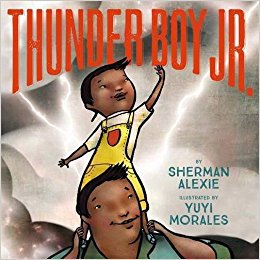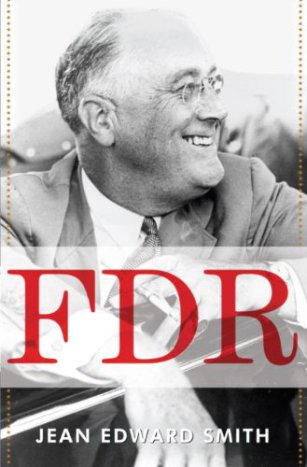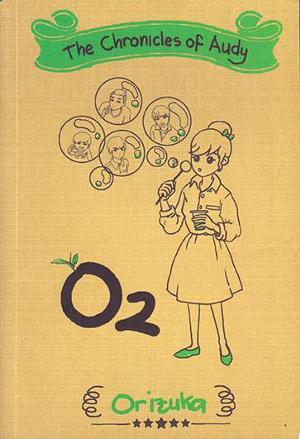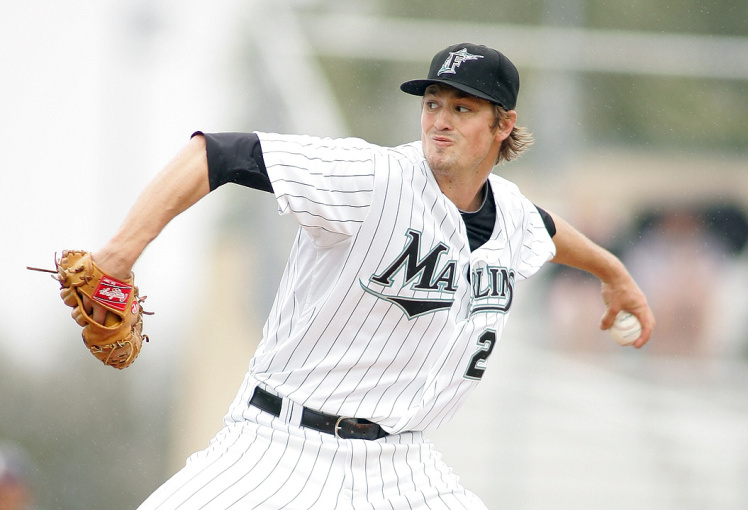 Andrew Miller was not always a shutdown reliever.
Andrew Miller was not always a shutdown reliever.
Yesterday, Wade Davis signed a three-year, $52 million contract with the Colorado Rockies, making him the highest paid reliever in baseball in terms of annual average value. This deal confirms a trend that’s illuminated an important fact over the past few years in baseball: bullpens matter. Last offseason, we saw the three biggest deals ever signed by relievers when Mark Melancon, Aroldis Chapman, and Kenley Jansen got paid the big bucks to pitch in San Francisco, New York, and Los Angeles respectively. Those signings can be attributed as reactions to the Royals three-headed monster in the bullpen (featuring Davis) that saw them win two pennants and one World Series and seeing Andrew Miller come in to games in the 2016 postseason and go multiple innings with such great effectiveness that other teams tried to implement this strategy themselves. In addition, starters have been proven to lose their effectiveness by their third time through the lineup which has increased the pressure to build a super bullpen. With the Davis signing, as well as the flurry of moves teams have made to bolster the bullpen throughout the league this offseason, it feels apparent that this trend of handing out big money to relievers will not stop anytime soon. And this all makes sense. It’s what teams should have been doing all along. But when I look at this signing, I start to think about where Wade Davis came from and how there is a much better way to do this.
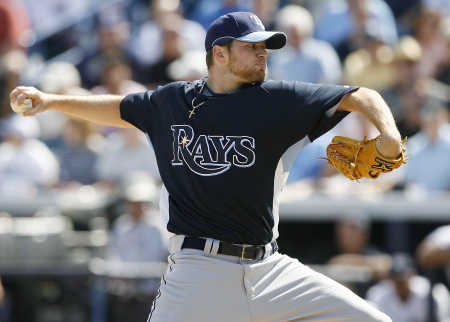 Wade Davis was a run of the mill starting pitcher for the Rays back in the day.
Wade Davis was a run of the mill starting pitcher for the Rays back in the day.
Back in his days with the Rays, Davis was a starter. And the results weren’t great. Sure he was solid enough to hold down a rotation spot but in each of his three years as a starter in Tampa but he walked over three batters per nine innings and his strikeout rates plummeted each season. When the Rays moved him to the bullpen in 2012, all of a sudden they had one of the better relievers in the games in Davis, who struck out 11.13 per nine innings with a 2.43 ERA. Before the 2013 season, Davis was sent with James Shields to Kansas City in exchange for Wil Myers and Jake Ordirizzi in one of the most fascinating deals we’ve seen over the past few years but lets not focus on that too much right now. In his first season in Kansas City, Davis was implemented as a starter once again but the results remained sub par. In September, he was moved to the bullpen and pitched ten innings to the tune of a 0.90 ERA. The following season Davis pitched out of the pen full-time and turned in an absolutely dominant season in which he was worth 3.1 fWAR in just 72 innings of work and has been a dominate reliever ever since.
So why has Davis been so much more effective out of the pen? There are a number of factors. The biggest in Davis’ case is that he could utilize fewer pitches and do so more effectively. As a reliever, instead of going through the lineup two or three times, year are only needed in short bursts, usually two innings as a maximum. This means that hitters are less likely to figure out your pitches and can therefore use fewer. Davis had a five pitch mix as a starter but only needs to utilize his three best pitches, his four-seamer, curveball, and cutter, as a reliever. This also allows Davis to throw harder. Looking at when he was a starter in 2013 to when he was a reliever in 2014, on each of the three pitches he used he saw his velocity uptick of about three mph. These factors made Davis’ opponent ERA in 2014 drop to .150 from the .317 opponents hit off him as a starter in 2013.
I’ve already mentioned Andrew Miller’s dominance going multiple innings in the 2016 postseason so lest take another look at his path to the bullpen. Miller was a highly touted pitching prospect and, along with Cameron Maybin, headlined the package that went to the Marlins in exchange for Miguel Cabrera. But things didn’t go so swimmingly for Miller. Here are just a few of his numbers when utilized as a starting pitcher throughout his career: 5.70 ERA, 4.69 FIP, 1.73 WHIP, 1.40 K/BB. Those numbers are really something else, particularly that strikeout to walk ratio. That is an awful starting pitcher. But something funny happened. When Andrew Miller got moved to the bullpen, he became an absolute beast. Since becoming a full-time reliever in 2012, here’s how he’s fared in those same statistics: 2.01 ERA, 2.10 FIP, 0.89 WHIP, and 5.00 K/BB. Keep in mind these numbers are skewed slightly because Miller hadn’t even reached his peak level until around 2014. Basically, scoring runs against Andrew Miller has become a huge problem.
 Andrew Miller was once a struggling starter and now look at him.
Andrew Miller was once a struggling starter and now look at him.
Once again, lets look for reason for this shift. For starters, Miller’s ERA rose to 7.00 his third time through the order as a starting pitcher. That’s only about a run and a half more than he allowed the first time through the order but you need to keep in mind that Andrew Miller was really bad and scoring an extra run and a half is a lot. Miller would also be so exhausted the third time through the order that he would walk more batters than he struck out! Miller struggled his first time through but really was atrocious the longer he stayed in games. Similar to Davis, limiting his pitches was also crucial to his success. Miller threw a four-seamer, slider, sinker, and changeup, but the sinker and changeup were super ineffective. The four-seamer, while not a bad pitch, was getting hit hard as well and only averaged close to 93 mph. But the slider was gold. In 2009, Miller would throw 902 four-seamers and get 23 strikeouts with it. He threw 163 sliders and got 27 strikeout with it. And that wasn’t an anomaly. The next two years, Miller continued to throw way more four-seamers than slider and still get way more strikeouts with that nasty, nasty slider. So when Miller became a reliever in 2012, he tried something: a two pitch mix involving throwing more sliders. Miller nearly threw as many sliders as four-seamers the next two years and by 2015, when he gained even more success, he was throwing majority sliders. In shorter bursts, Miller could bring his heater up to 95 mph, increasing its effectiveness, and dominate with the slider. Opponent averages against that pitch in his six years as a reliever have been under .100 in all but one season. That is dominance. And as was displayed on the national stage, that starting experience allowed Miller to pitch more than one inning and still be effective. Obviously Miller struggled starting and going many innings but by heavily relying on his slider, he was able to use his endurance to come in to emergency situations for longer stretches and get out.
 After struggling for years as a starter, Brandon Morrow thrived as a reliever and got a big contract.
After struggling for years as a starter, Brandon Morrow thrived as a reliever and got a big contract.
Looking at the top free agent relief pitchers this year, there are failed starters galore who have become incredibly effective relievers. Anthony Swarzak was a mess in the rotation but excelled coming out of the pen last year. Yusmeiro Petit had his fair share of struggles as a starting pitcher but now is a stellar multi-inning reliever. Tommy Hunter has become a solid reliever after being a middling starter. Mike Minor revived his career last year making the switch from the rotation to the pen coming back from injury and while the Ranger’s say they plan to use him as a starter, I bet he’ll find his way back to the bullpen at as a multi-inning fireman at some point (at least that is how Jeff Bannister should utilize him). Brandon Morrow was the Dodgers go to reliever in the postseason, working in all seven world series games, after struggling his whole career to find constancy as a starter. All of these guys have already found a home and will be paid handsomely. And all are great signings who I expect great things out of.
But that is the crux of what general managers may be missing. The guys who are today’s top free agents were yesterday’s failed starters, on top of the scrap heap of unwanted pitchers. Long term deals for relievers can often be tough to swallow because very few of them remain effective for year after year after year. There are the Mariano Rivera’s and Kenley Jansen’s of the world who buck this trend but not everyone in Mariano Rivera or Kenley Jansen. The Rockies have already committed $44.5 million five reliever for 2018. That’s eating a lot of payroll! And while the Rox should have one of the best bullpens in the game, they could go to the scrap heap in search for the next great reliever, weather internally or through trade, and save more money for other parts of the team. Teams don’t need so-called proven closers and their ridiculous saves when they can have shutdown, multi-inning guys coming out of the pen for virtually nothing. A great bullpen can be had for very cheap, all it takes is identifying the right guys.
That is the challenge but that is why teams have talent evaluators. Still, some trends are clearly discernible as things to look out for when finding the next failed starter turned reliever. The trends I think are the most vital to look at are 1) does the pitcher lose effectiveness the more turns through the order they take 2) does the pitcher have one vastly more effective pitch that they could utilize more as a reliever 3) does it seem like the pitcher could have a sizable uptick in velocity being used in shorter bursts 4) does the pitcher have a tendency of wearing down as the season progresses and 5) is the pitcher willing to break free of convention willingly adapt to a mutli-inning foreman role instead of getting their Meaningless “wins” as a starter and “saves” as a reliever. The fifth point is something that outsiders can not really evaluate using statistics but I’d hope pitchers would be willing to go into this role. If they need convincing, it can just be pointed out that Jim Konstanty won an MVP in a very similar role (although these guys won’t touch anything close to his 152 inning pitched that year).
So let’s make a shortlist of failed starters who could become the next Wade Davis or Andrew Miller. Brad Peacock was excellent moving from the rotation to the pen last year out of nowhere for the Astros but the Houston should utilize him as a reliever only to fix the bullpen woes evident in the playoffs. Peacock had a 1.77 ERA and 11/5 strikeout to walk ratio out of the pen last season and I see no reason why he can’t keep those numbers up. In addition, he led the MLB in ERA the first time through the lineup. Sounds like a perfect candidate to me.
 Vince Velasquez could be the next Andrew Miller.
Vince Velasquez could be the next Andrew Miller.
The Phillies Vince Velasquez is another of my picks. Velasquez has really solid numbers the first time through the lineup but they get worse the second time through and much worse the third time through. Over the past two years as a starter, he’s threw five different pitches with some regularity but had only two really effective ones: a 94 mph four-seamer that could really play well out of the pen and a slider opponents hit just .156 off of last year. That’s shades of Andrew Miller right there. If he learns to utilize that slider in a Miller-esque fashion, watch out. I also believe a lighter workload will help him maintain focus but he has the endurance to still go multiple innings when needed.
While there is a small sample size I’m working with, I think Sal Romano would be a great choice for this role as well. The young Reds fireballer started 16 games as a rookie last year and each time through the lineup his FIP, a better indicator of feature performance than ERA, creeps up a bit more and by the third time through it’s a whole run higher. Romano also throws really hard and in short bursts out of the pen that fastball that averaged 95.2 mph as a starter could be blazing. What really gets be excited is Romano’s slider, which produced 20 more strikeout than his fastball despite being thrown around two and half times less frequently. I’d trade for that in a heartbeat.
The last guy I’m going to mention has already inked a 1 year $6 million deal with the Dodgers after being non-tendered by the Blue Jays, so I’ve got to applaud the Dodger’s on this one. Tom Koehler, the pitcher in question here, has struggled as a starter his whole career but was his most atrocious in 2017. But when the Blue Jays acquired him midseason, they tried moving him to the bullpen. That move was a spectacular success. Koehler was able to up his strikeouts, lower his walks, and but up very solid numbers out of the pen. He finished the year with a 1.80 ERA is September as a reliever. Koehler reminds me quite a bit of Wade Davis. I think he can roll with three pitches, with his fastball being the weakest offering but one than should see a two to three mph increase from the 93 he’s averaged as a starter. His curveball is dynamite and his slider is great as well, each with career opponent batting averages of .203 and .217 respectively. If he starts throwing those two offerings the majority of the time, the Dodger’s could shock the world by employing one of 2017 best relievers in a guy nobody even wanted.
Wade Davis will be making a lot of money next year. So will Andrew Miller. So will many other relievers who are highly coveted. And at some point or another, almost all of them were struggling starters. There’s no need to pay the big bucks for the high risk involved in handing out mega deals to relievers. Relievers can be created from scratch, all there is to it is identifying the guys who follow the trends layed out by the Miller’s and Davis’. The Dodger’s did it last year with Morrow and are looking to do it again with Koehler. And I bet they’ll succeed.
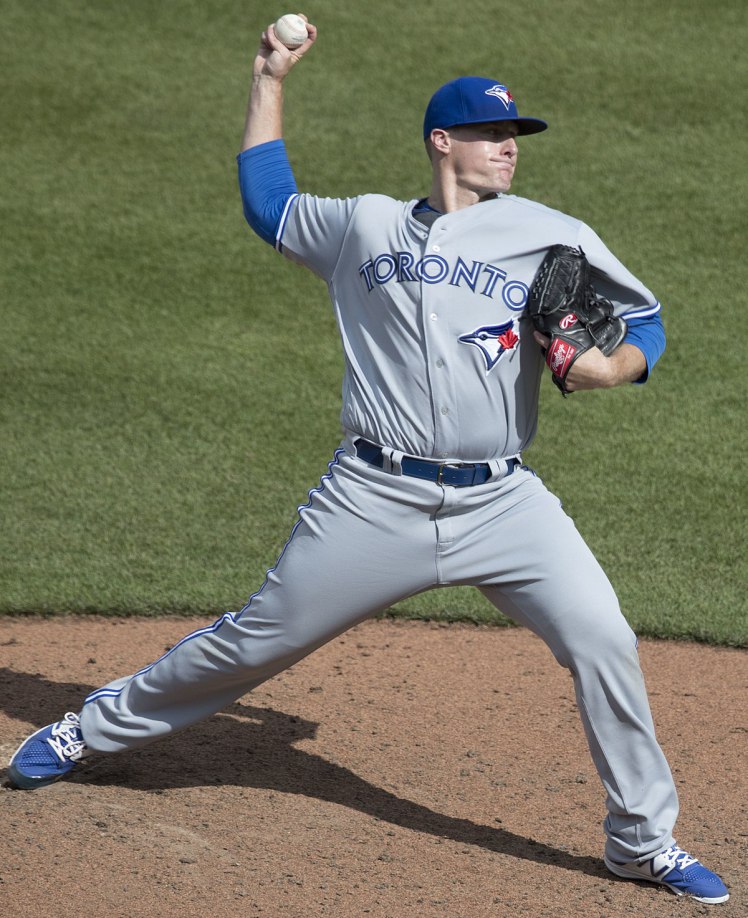 The Dodger’s continue to be baseball’s smartest front office, getting failed starter Tom Koehler for a bargain to bolster their bullpen.
The Dodger’s continue to be baseball’s smartest front office, getting failed starter Tom Koehler for a bargain to bolster their bullpen.
All statistics courtesy of http://www.fangraphs.com/
Advertisements Share this:


